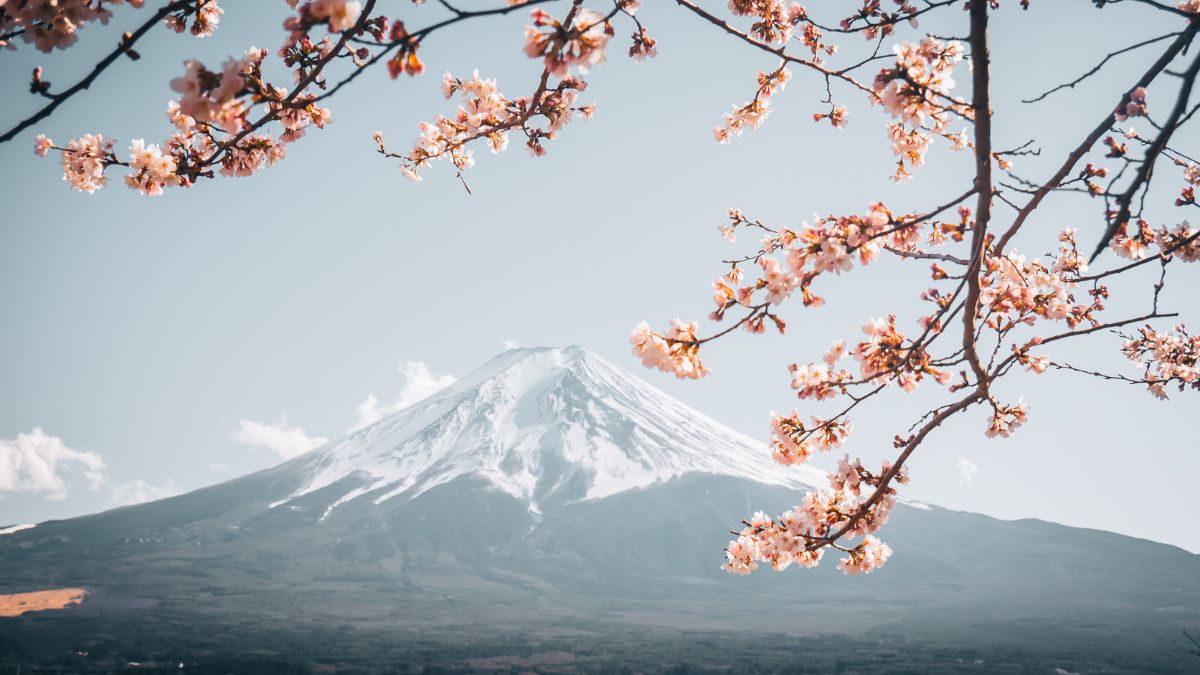Kalidasa (Classical Sanskrit Literature)
Kalidasa (Classical Sanskrit Literature)
Oda Nobunaga – Japan

Oda Nobunaga – Japan
In the tapestry of Japan’s storied past, few figures loom as large and enigmatic as Oda Nobunaga, a warlord whose ambitions and achievements have etched an indelible mark on the annals of history. His tale is one of audacity and vision, a saga that reshaped the very foundations of a nation fragmented by incessant strife. Nobunaga’s journey from the obscurity of a minor daimyo to the brink of unifying Japan under his dominion is a testament to his unparalleled military genius, innovative tactics, and an unyielding will to break the chains of the status quo.
Born in 1534, Nobunaga inherited the leadership of the Oda clan in a period rife with turmoil, known as the Sengoku Jidai, or the “Age of Warring States.” It was an era where the air was thick with the clang of swords and the cries of the fallen, as myriad samurai clans battled for supremacy over the fragmented Japanese archipelago. Amidst this chaos, Nobunaga emerged, not merely as another contender in the bloody fray but as a visionary poised to herald an epoch of unprecedented transformation.
What set Nobunaga apart was not just his martial prowess but his radical departure from traditional warfare strategies. His use of firearms, a technology then still in its infancy in Japan, demonstrated an awe-inspiring foresight. Nobunaga’s forces, equipped with matchlock guns procured from European traders, laid waste to enemy ranks at the Battle of Nagashino in 1575, a confrontation that has since been immortalized as a turning point in Japanese military history. This battle was not merely a victory but a declaration of a new era, one where might was married to innovation.
But Nobunaga’s ambitions transcended the battlefield. He envisioned a unified Japan, free from the incessant conflicts that had marred its landscape for centuries. His policy of “Tenka Fubu” (天下布武), which loosely translates to “the realm covered by military might,” was not just a clarion call to arms but a blueprint for a new social order. Nobunaga’s rule saw the dismantling of the archaic power structures that had perpetuated the cycle of violence, paving the way for a centralized governance that would later be continued and completed by his successors, Toyotomi Hideyoshi and Tokugawa Ieyasu.
Yet, for all his might and vision, Nobunaga’s tale is tinged with the hues of tragedy. In 1582, at the zenith of his power, he was betrayed by one of his own, Akechi Mitsuhide, and met his end at the Honnō-ji Temple in Kyoto. This abrupt conclusion to his meteoric rise lends a poignant note to his legacy, a reminder of the ephemeral nature of power and ambition.
Nobunaga’s story is a dazzling testament to the indomitable human spirit, a saga of a man who dared to dream in an age of darkness and uncertainty. His legacy is not merely in the lands he conquered or the policies he enacted but in the enduring vision of unity and progress that he bequeathed to future generations. Oda Nobunaga remains, to this day, a symbol of awe and inspiration, a figure whose life story continues to fascinate and resonate, echoing through the corridors of time as a reminder of what one man’s ambition can achieve against the tumultuous backdrop of history.